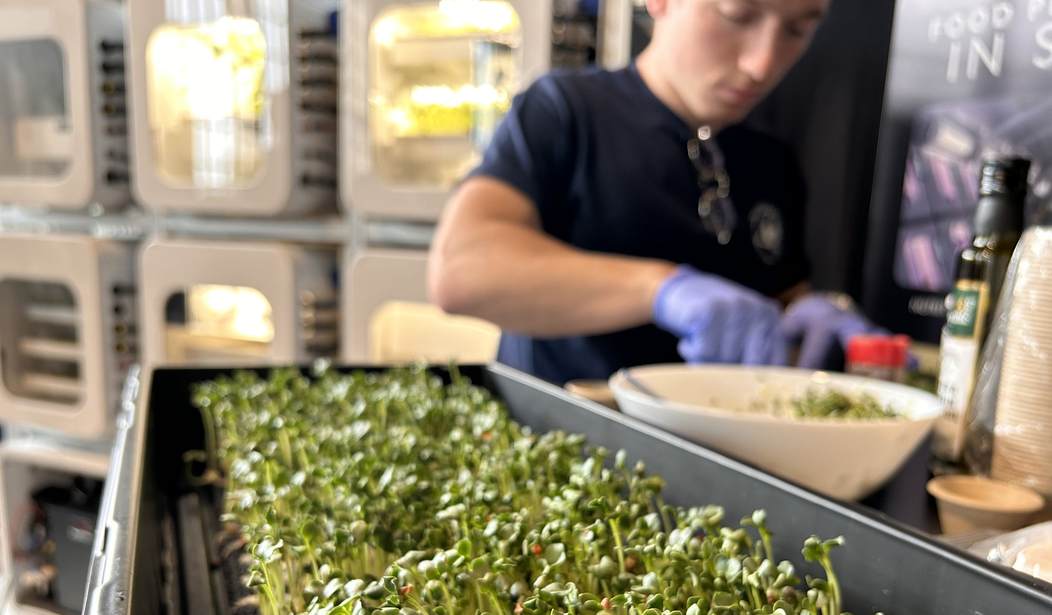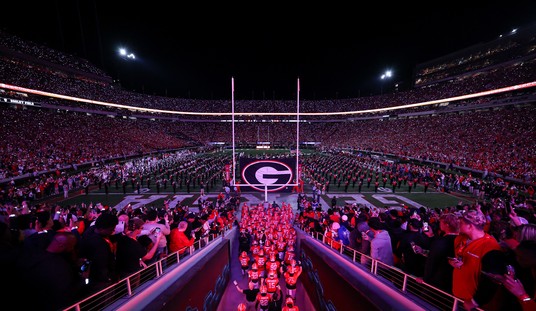One of the biggest challenges of space travel is sustenance. The Mercury, Gemini, and Apollo spacecraft were in such tight quarters that food had to be easy to pack and store. That’s why the astronauts of that era had to rely on freeze-dried food like that brick-hard “astronaut ice cream” that everyone pretends is so cool and fun to eat. And don’t forget Tang.
Even with larger spacecraft like the Space Shuttle and the International Space Station, there are challenges for food service and storage. It’s not like you can equip a full kitchen, slap some steaks on the grill, or whip up a cake to toss in the oven in space. Today’s astronauts aren’t exactly getting home cooking up there.
Add to these earlier factors the new challenge that longer-duration spaceflight brings. Traveling to Mars (and maybe beyond) and establishing bases on the Moon and Mars will require long-term food production capabilities, which NASA is working to address in innovative ways.
Since 2021, NASA has been conducting the Deep Space Food Challenge, which has called on private enterprise and university departments to help develop new ways to grow and cultivate food in space. This week, NASA announced the winners of $1.25 million in grants to help develop food production techniques for the new frontier.
Victory never tasted so sweet 🏆
— NASA Prizes, Challenges, and Crowdsourcing (@NASAPrize) August 16, 2024
Congratulations to team Interstellar Lab for winning the @DeepSpaceFood Challenge's $750,000 grand prize!
📸 Credit: OSU/CFAES/Kenneth Chamberlain pic.twitter.com/tlpw1p8gHe
The U.S. winner and recipient of the $750,000 grand prize is Interstellar Lab of Merritt Island, Florida. Led by Barbara Belvisi, the small business combines several autonomous phytotrons and environment-controlled greenhouses to support a growth system involving a self-sustaining food production mechanism that generates fresh vegetables, microgreens, and insects necessary for micronutrients.
The vegetables and greens sound fine, but not the insects. Those sound gross and globalist.
Related: NASA's Mission to Monitor Near-Earth Objects Comes to an End
There’s more:
Two runners-up each earned $250,000 for their food systems’ successes: Nolux of Riverside, California, and SATED of Boulder, Colorado.
Nolux, a university team led by Robert Jinkerson, constructed an artificial photosynthetic system that can create plant and fungal-based foods without the operation of biological photosynthesis.
Standing for Safe Appliance, Tidy, Efficient & Delicious, SATED is a one-man team of Jim Sears, who developed a variety of customizable food, from pizza to peach cobbler. The product is fire-safe and was developed by long-shelf-life and in-situ grown ingredients.
SATED also received an additional award from celebrity chef Tyler Florence. An additional award went to an international company that is developing protein via fermentation.
“Congratulations to the winners and all the finalist teams for their many years dedicated to innovating solutions for the Deep Space Food Challenge,” said Amy Kaminski, program executive for NASA’s Prizes, Challenges, and Crowdsourcing at NASA Headquarters in Washington. “These food production technologies could change the future of food accessibility on other worlds and our home planet.”
Growing up, the innovative farming techniques at Living With the Land in Epcot always left me spellbound, and they still fascinate me. I should add that Epcot never advocates cooking bugs for protein, thank God. But if NASA can turn to free enterprise for innovative solutions to some of the challenges of deep-space exploration, it can only be a good thing.
While I've got you here, I want to remind you about our VIP memberships. Our VIPs are the lifeblood of what we do, and they invest in our mission — plus they receive some great rewards, including exclusive content, podcasts, an ad-free experience, and commenting privileges.
It’s a great time to become a VIP because we’re running a limited-time special. Get 60% off your VIP membership when you use the code FIGHT. Come join us!










Join the conversation as a VIP Member